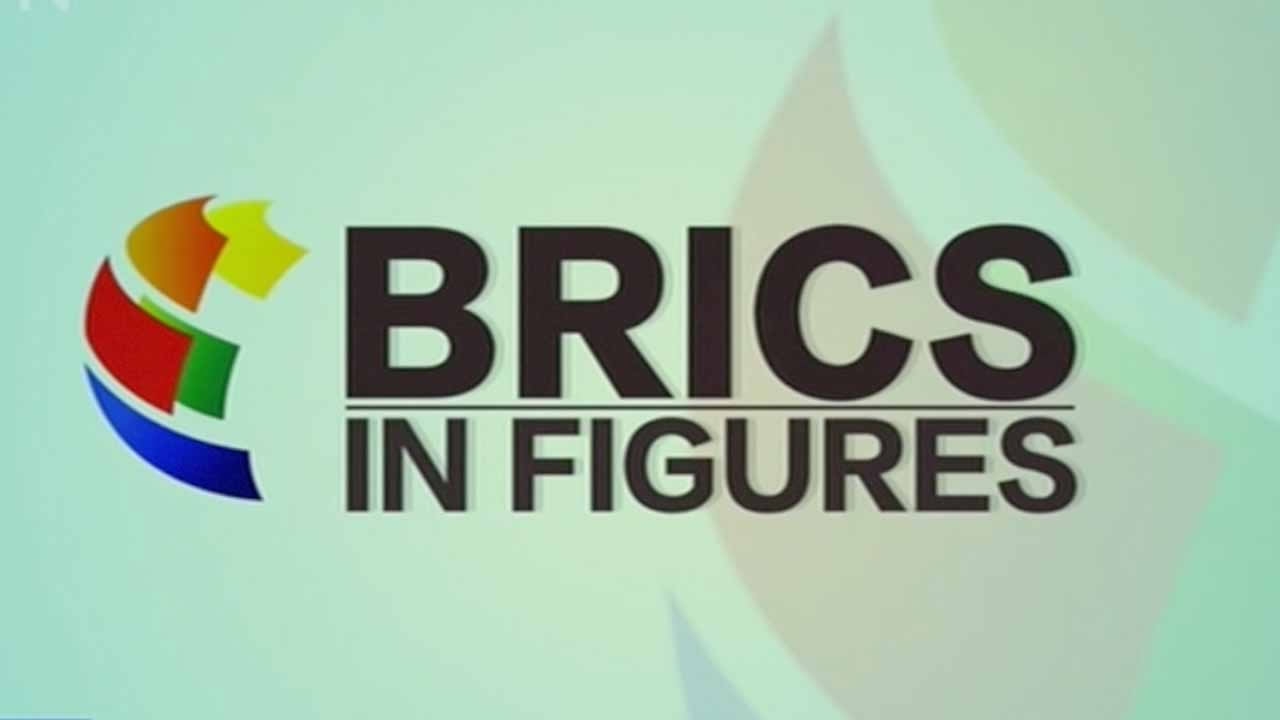
Business
12:53, 30-Aug-2017
BRICS explained
By CGTN's Jim Spellman

The coastal city of Xiamen in east China’s Fujian Province is hosting the 2017 BRICS Summit and the theme this year is “Stronger Partnership for a Brighter Future.”
But what exactly is BRICS?
BRICS is a group of countries – Brazil, Russia, India, China and South Africa – with rapidly developing economies that cooperate on trade, finance, technology and other areas of mutual interest.
The word BRIC was first used in 2001 by a Goldman Sachs analyst who noted the rising importance of these nations.
The first BRIC meeting was held in 2006 on the sidelines of the United Nations General Assembly.
South Africa began attending in 2010, hence the addition of an S.
BRICS account for more than a quarter of the world’s land area, 42 percent of the world’s population and an estimated 23 percent of world GDP, while contributing more than half of world economic growth during the last decade.
“Currently, the global economy is showing some positive signs and the prospect for the development of BRICS countries is growing brighter in general, which is very inspiring,” said Chinese President Xi Jinping in July during G20 meetings.
The summit aims to develop partnerships that uphold world peace, promote common development, carry forward the diversity of civilizations and improve global economic governance.
Several mechanisms have emerged to advance the goals of BRICS including the Shanghai-based New Development Bank (NDB), which has just opened its first regional center in Johannesburg, South Africa.
The NDB became operational in 2016 with initial authorized capital of 100 billion US dollars. It has seven projects in the works including renewable energy projects in each of the BRICS and a road improvement project that will upgrade 1,500 km of roads in central India.

SITEMAP
Copyright © 2018 CGTN. Beijing ICP prepared NO.16065310-3
Copyright © 2018 CGTN. Beijing ICP prepared NO.16065310-3